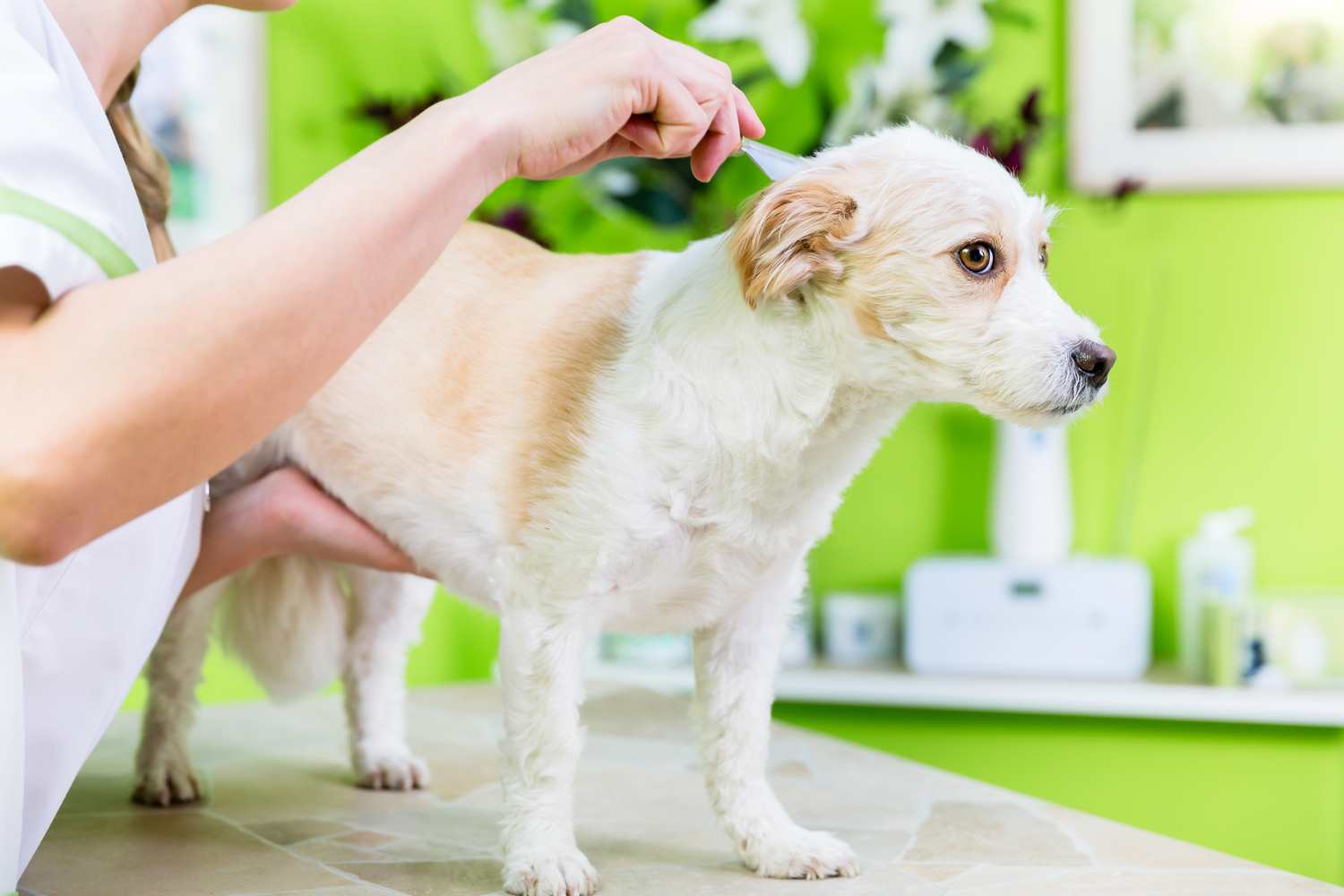
Natural Ways to Prevent Fleas and Ticks in Dogs
A flea or tick infestation in a dog can be quite a nuisance. If not addressed properly, dogs can suffer from simple skin rashes to itching. While some fleas and ticks carry bacteria that can cause serious diseases and infections in dogs. Dog fleas and ticks have similar life cycles: eggs, larvae, pupae, and adults in fleas and eggs, larvae, nymphs, and adults in ticks. Both pests feast on animal blood for food.
Adult female fleas require blood to produce and lay eggs; tick larvae, nymphs, and adults feed on animal blood. Fleas and ticks are most active during the summer and fall months between April and October, i.e., when the environment is damp, humid and temperatures range between 60° F and 69° F. Despite their pervasiveness, dog fleas and ticks do have weaknesses that can be exploited to ensure freedom from the nuisance and attendant diseases. Home remedies may help to get rid of fleas and ticks in dogs:
1. Cut and maintain the yard
Dog fleas breed on damp ground and can survive for long periods without food. Dogs can get infested with fleas while walking through grassy fields, shrubby and wooded areas that support the eggs, larvae, and pupae. Adult fleas climb up tall grass stalks or low shrubs and wait for dogs to rub against the vegetation, to hang on to the dogs’ fur. Dog ticks larvae (six-legged), nymphs (eight-legged) and adults (eight-legged) require to feed off animal blood. These pests transfer themselves to animals by climbing high vegetation and cling on to the fur of passing animals. To prevent pests from entering homes, especially those that have gardens and yards close to areas of high vegetation, a bulwark of about 3 to 4 feet can be erected to physically separate one area from the other. A wide border filled with wood chips, mulch or gravel can keep dog fleas and ticks from entering gardens and yards and lawns.
2. Don’t walk your dog in wooded, high grass areas
Dogs should not be allowed out into areas that are heavily wooded or have high grass or shrubs. Gardens, yards, and lawns with grass should be mowed regularly to ensure the height of the grass is low. Search for and discard old birds’ nests. These will have a large number of pests in them. Any debris collected on laws and yards should be disposed of. Wild animals that are hosts to dog fleas and ticks can shelter in these piles. These unwanted piles will harbor a large population of pests.
3. Beneficial nematodes
Lawns may be sprinkled with beneficial nematodes. Beneficial nematodes are microscopic organisms that are used in garden pest control. They act as parasites to unwanted pests and release beneficial bacteria that kill pests by entering the bodies through body orifices or skin and kill the pests within 24 to 48 hours.
4. Vacuum inside
All carpets, rugs, cloth-covered furniture and curtains should be vacuumed regularly. Clothes used for outdoor picnics, trips, and excursions or on farms should be washed regularly using long wash-cycles and tumbled-dried at the highest temperatures or spin-dried with the longest spin cycle. Ensure that dogs do not get close to such clothing.
5. Check for fleas and ticks regularly
Dogs can catch a flea and tick infestation from other infected dogs that they may encounter at veterinary offices or other similar locations. It is important to check dogs for any sign of infestation after each visit and take measures to eliminate the pests.


